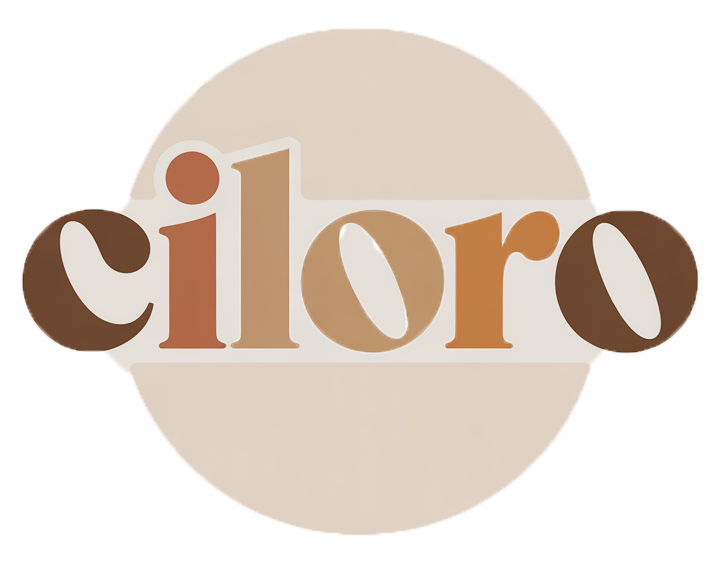Create a Stunning 70s-Inspired Home Aesthetic
The 70s aesthetic has made a vibrant comeback in modern design, captivating those who appreciate its bold and eclectic charm. Characterized by vivid colors, unique patterns, and a blend of styles, this era's design principles allow for a deeply personalized home environment. As we navigate through the nuances of this retro influence, the purpose of this article is to guide you in creating a stunning 70s-inspired space that reflects your individuality.
In this guide, we will explore the key characteristics of 70s design, delve into color palettes, furniture selection, textiles, and more. By the end, you'll be equipped with the knowledge to infuse your home with the essence of the 1970s while ensuring it resonates with your personal taste.
Understanding the 70s Aesthetic
Key Characteristics of 70s Design
- Bold colors and patterns: The 70s embraced a fearless use of color, often combining rich earth tones
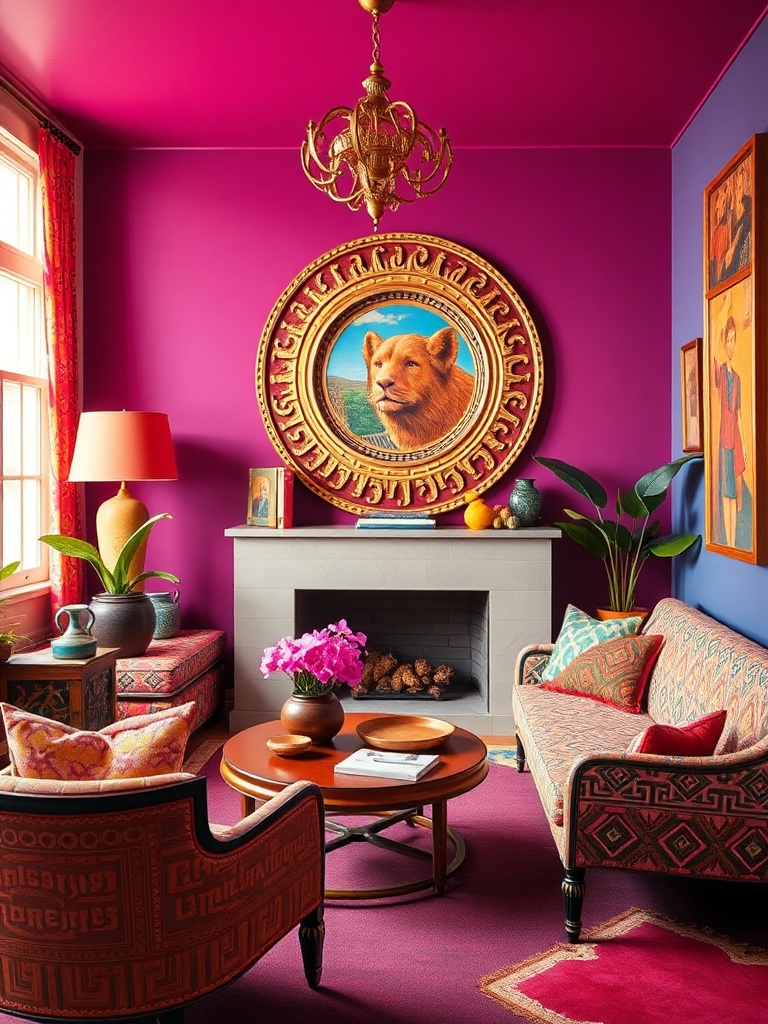
with striking accents. - Use of natural materials: Wood, stone, and textiles played a significant role
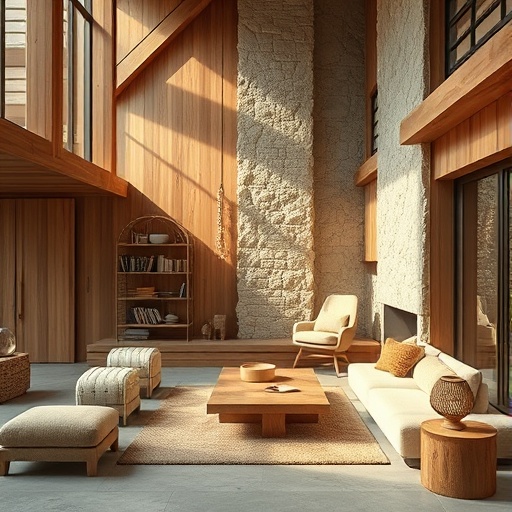
, bringing warmth and texture to interiors. - Eclectic mix of styles and textures: A harmonious blend of different design influences
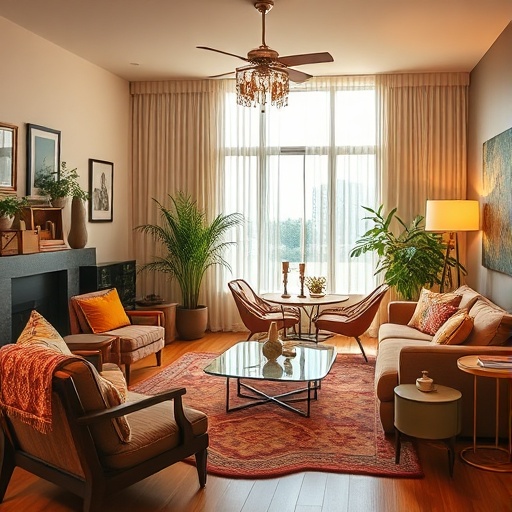
created a unique and inviting atmosphere.
Influences on 70s Design
The 70s were shaped by a variety of cultural and social movements, from the rise of environmental consciousness to the popularity of music festivals. Media also played a critical role, with television shows and movies showcasing vibrant set designs that popularized the aesthetic.
The 70s were about breaking boundaries and embracing individuality in design.
Iconic designers such as Verner Panton and Eero Saarinen contributed significantly to the era's visual language, influencing furniture and interior design that still resonates today.
Color Palette for a 70s Aesthetic
Popular Color Schemes
- Earthy tones: Rich browns, warm greens, and burnt oranges create a grounding atmosphere.
- Bright accents: Teal, mustard yellow, and hot pink add vibrant pops of color that energize the space.
Choosing the Right Colors for Your Space
Selecting a color scheme is crucial for achieving a balanced look. Consider the size and lighting of your room; lighter colors can make a small space feel larger, while darker hues can add coziness to expansive areas. Incorporate bold colors thoughtfully to avoid overwhelming the space.
Use accents to highlight features without overshadowing the overall design.
Furniture Selection
Iconic Furniture Pieces of the 70s
- Mid-century modern furniture: Look for clean lines and functional designs
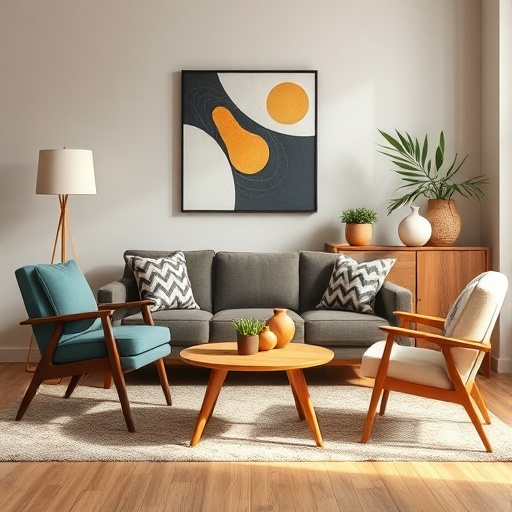
that define this timeless style. - Bean bags and lounge chairs: These casual seating options invite relaxation and comfort.
- Low-profile sofas and sectional couches: Ideal for creating a laid-back seating arrangement.
Sourcing Vintage and Retro Furniture
Finding authentic 70s pieces can be a rewarding experience. Explore thrift stores, flea markets, and online marketplaces. When mixing vintage with modern furniture, aim for complementary styles to maintain balance in your decor.
Textiles and Patterns
Popular Fabrics and Textures
- Velvet, corduroy, and shaggy materials: These textures add depth and comfort to your space.
- Floral and geometric patterns: Use these prints to evoke the playful spirit of the 70s.
Incorporating Textiles into Your Home
Textiles can transform a room. Consider using bold patterns for curtains, cushions, and rugs. Layering different textures creates a cozy atmosphere that invites relaxation.
Wall Art and Decor
Types of Wall Art Popular in the 70s
- Macramé and wall hangings: These add a bohemian flair to your decor.
- Vintage posters and artwork: Look for iconic images that resonate with the era.
Creating a Gallery Wall
A gallery wall allows you to showcase various art styles. When arranging, consider balancing colors and textures to create a cohesive look that draws the eye.
Lighting Choices
Iconic Lighting Fixtures
- Lava lamps, pendant lights, and floor lamps
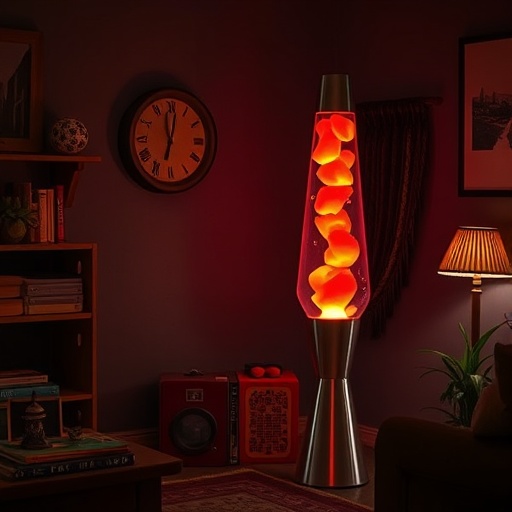
: These fixtures are quintessentially 70s and can serve as statement pieces. - Use of colored bulbs and retro designs: Experiment with different lighting options to create a unique ambiance.
Creating Ambiance with Lighting
Layering different light sources is key to achieving a warm, inviting glow. Combine ambient, task, and accent lighting to enhance the overall atmosphere of the room.
Incorporating Natural Elements
Use of Plants in 70s Decor
- Popular houseplants of the era: Consider adding ferns, pothos, and spider plants
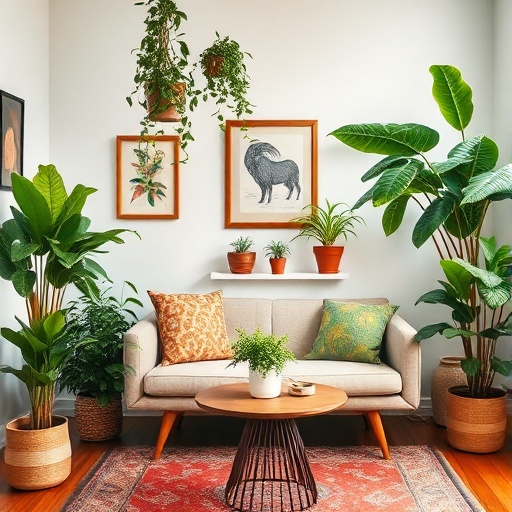
to your decor. - Tips for integrating greenery into your space: Use decorative pots and hangers to showcase plants creatively.
Natural Materials in Design
Incorporating materials like wood, rattan, and stone can enhance the organic feel of your space. Opt for sustainable options to align your design choices with eco-friendly values.
The Role of Accessories
Essential 70s Accessories
- Vintage clocks, vases, and sculptures: These pieces add personality and charm to your home.
- Retro kitchenware and table settings: Use these items to evoke nostalgia during gatherings.
Tips for Accessorizing Your Space
When accessorizing, balance statement pieces with subtle decor to avoid clutter. Consider seasonal updates to keep the aesthetic fresh and engaging.
DIY Projects for a 70s Look
Simple Upcycling Ideas
- Transforming thrift store finds: Repurpose items into 70s-inspired decor with a little creativity.
- Painting techniques for a retro vibe: Use bold colors and patterns to breathe new life into old furniture.
Creating Custom Decor
Crafting macramé plant hangers or DIY wall art projects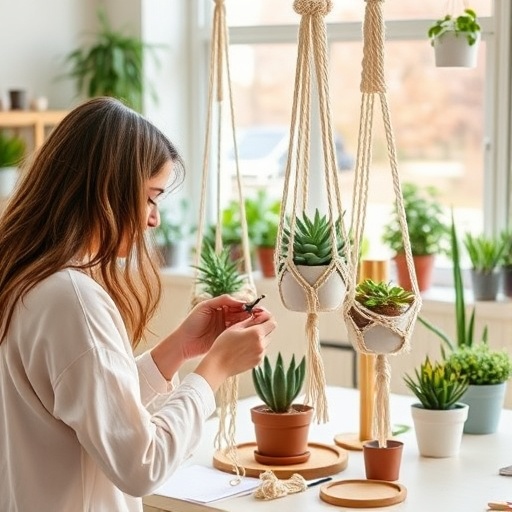
can add a personal touch to your space. These projects not only enhance your decor but also serve as a creative outlet.
Tips for Maintaining a 70s Aesthetic
Balancing Retro with Modern
To avoid a kitschy look, integrate contemporary elements that complement your 70s decor. This balance ensures your home feels curated rather than chaotic.
Evolving the Aesthetic Over Time
Embrace changes in your personal style and consider seasonal decor swaps to refresh your space. This adaptability allows your 70s aesthetic to evolve while still reflecting your taste.
Conclusion
Creating a stunning 70s aesthetic in your home involves understanding its key elements and embracing personal expression. From bold colors to eclectic furniture, this era offers a wealth of design inspiration. Remember to balance retro influences with modern touches to craft a space that feels uniquely yours.
As you embark on this design journey, let your creativity shine through, and enjoy the process of transforming your home into a warm, inviting reflection of the 1970s.
Key Takeaways
- Embrace bold colors and patterns for a true 70s aesthetic.
- Incorporate natural materials and textures for warmth.
- Balance vintage and modern elements to avoid kitsch.
- Accessorize thoughtfully to enhance your decor.
- Engage in DIY projects to personalize your space.
FAQ
What colors are best for a 70s aesthetic?
Earthy tones like browns, greens, and oranges, along with bright accents like teal and mustard yellow, are ideal for a 70s aesthetic.
How can I source authentic 70s furniture?
Visit thrift stores, flea markets, and online marketplaces to find vintage pieces that reflect the 70s style.
What types of textiles should I use?
Look for fabrics like velvet, corduroy, and shaggy materials, along with floral and geometric patterns to capture the era's essence.
How can I incorporate plants into my 70s decor?
Use popular houseplants from the era, such as ferns and pothos, and display them in decorative pots or hangers.
What are some simple DIY projects for a 70s look?
Consider transforming thrift store finds or creating macramé plant hangers to add a personal touch to your decor.
